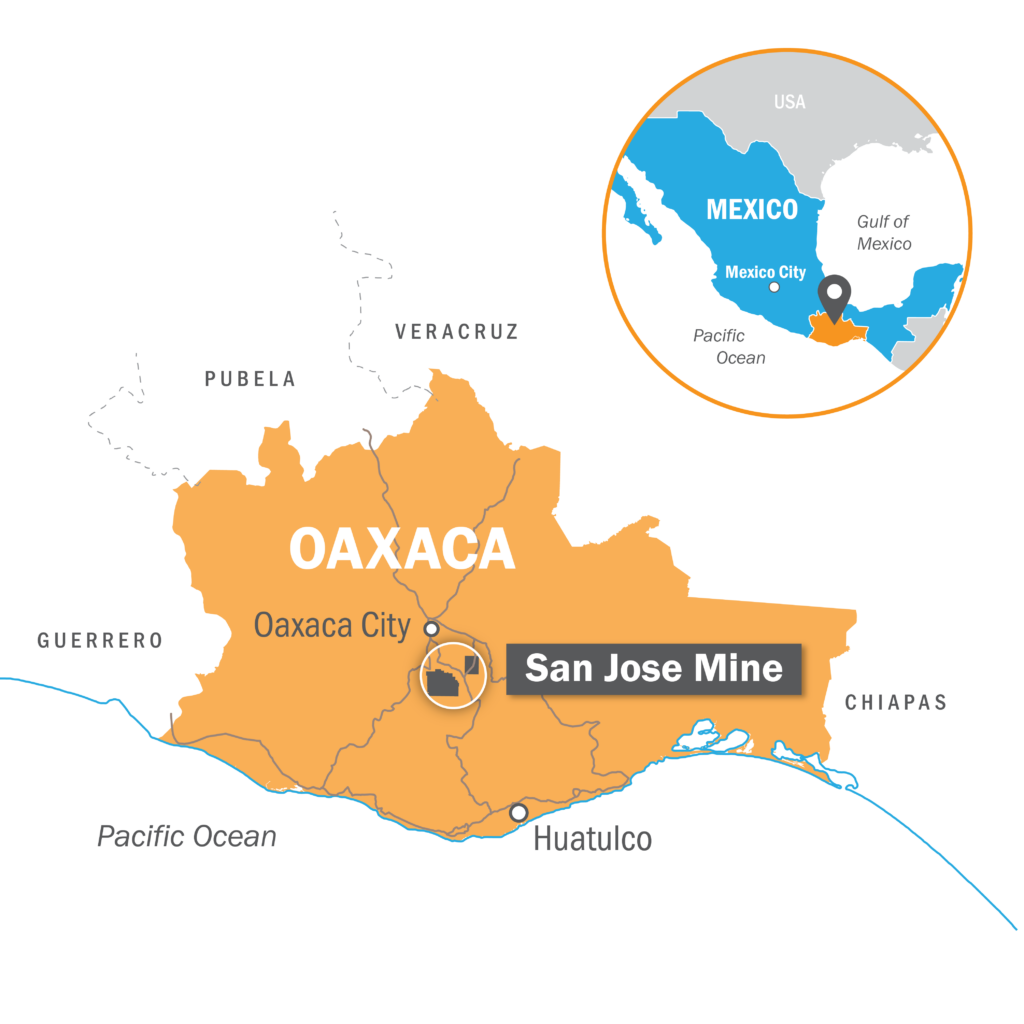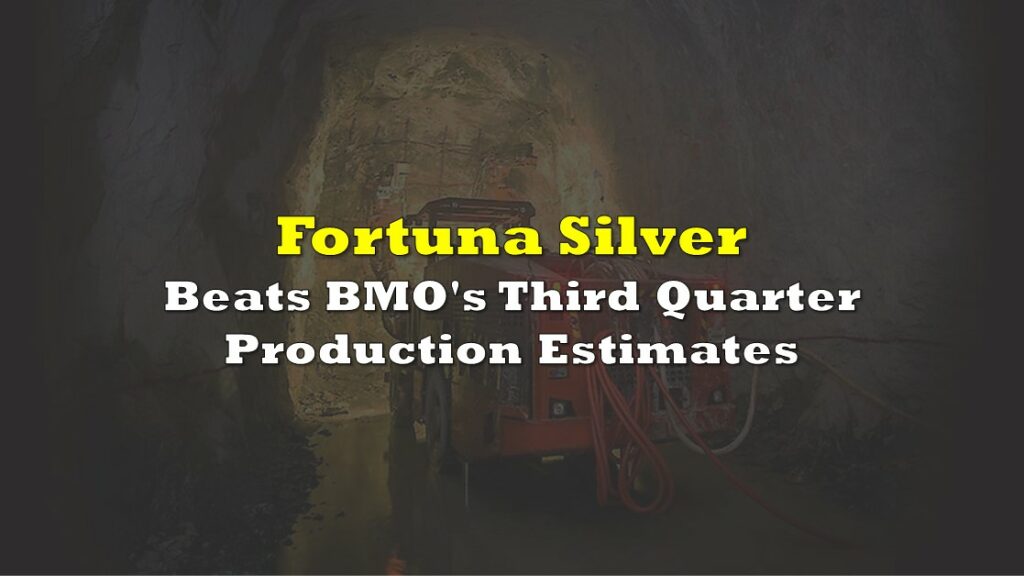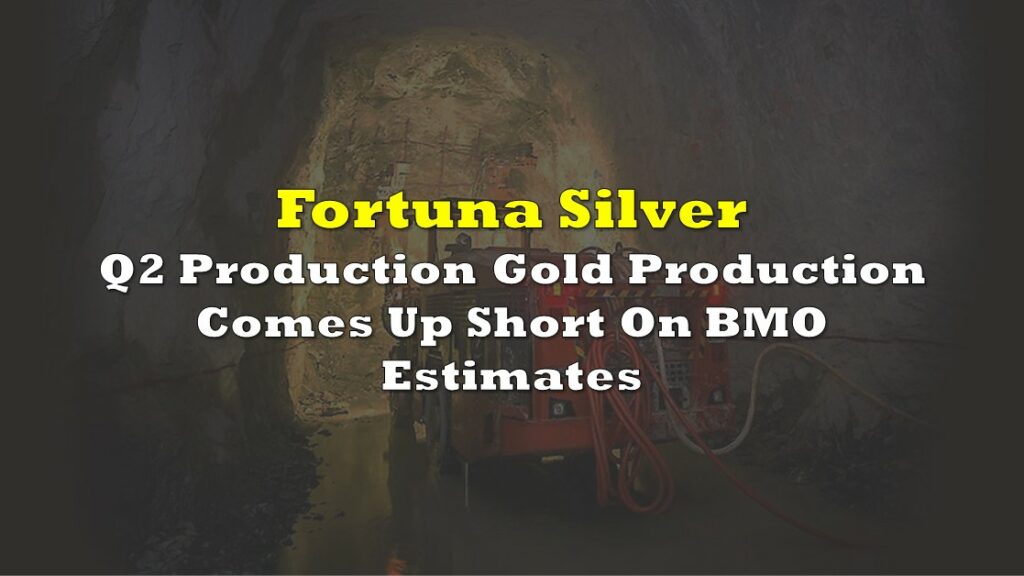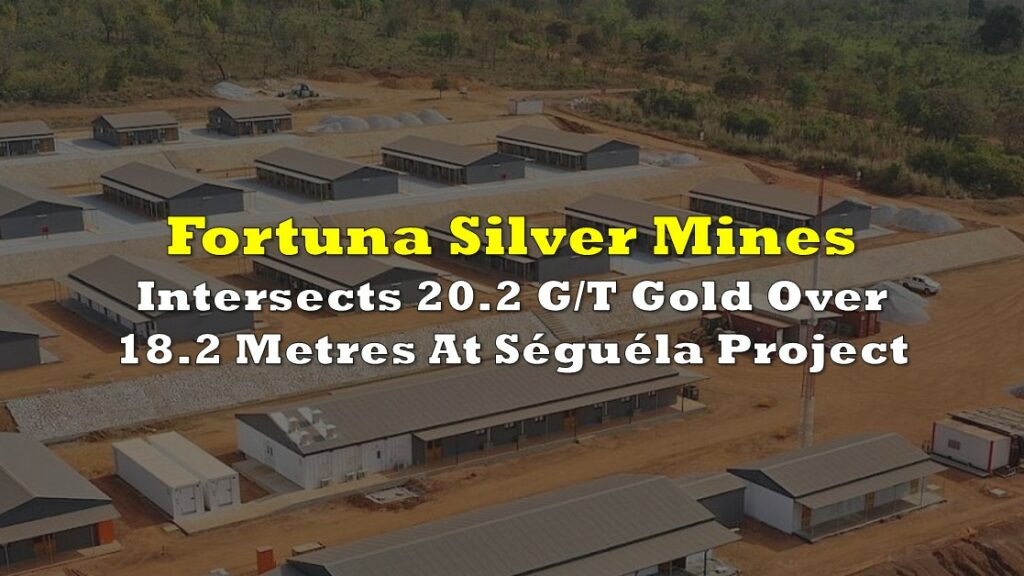In what could be one of the costliest typographical errors in mining history, Fortuna Silver Mines Inc. (NYSE: FSM) found itself having to re-litigate the environmental impact authorization (EIA) to operate its San Jose mine in Oaxaca, Mexico.
The silver and gold-producing underground mine is operated by Fortuna’s wholly-owned Mexican subsidiary Minera Cuzcatlán. The mine has an average throughput of 3,000 tonnes per day and has estimated silver production of 5.2 million – 5.8 million ounces and gold production of 32,000 – 36,000 ounces in 2022.
In its last mineral reserve report, Fortuna saw the San Jose mine having around 3.0 million tonnes of proven and probable reserves at 180 g/t silver and 1.17 g/t gold.
The Mexican mine is an important source of the company’s silver yields. Out of the 1,837,506 silver ounces Fortuna produced in Q3 2022, around 1,545,410 ounces of came from the San Jose mine.
But all of these could possibly disappear because of a typo.

The contentious EIA
In 2009, Mexico’s environment ministry, Secretaría de Medio Ambiente y Recursos Naturales (SEMARNAT), granted Minera Cuzcatlán an EIA for a period of 12 years effective until October 23, 2021. The authorization allows the subsidiary to operate and maintain the San Jose mine.
As the EIA was about to expire, Minera Cuzcatlán applied for a 10-year extension in May 2021. The firm noted then that “under the current SEMARNAT administration and COVID-19 restrictions, the administrative process has become more cumbersome and is taking longer than in the past.”
On November 10, 2021, Minera Cuzcatlán received a written notification from SEMARNAT that the request for extension was denied citing a pending evaluation “related to the regularization of ancillary infrastructure at the mine site.” The Mexican ministry also noted “non-receipt of requested information” which the mining company said it had already provided.
While the operation of the mine was then under the protection of the Mexican courts, Minera Cuzcatlán said it will continue to pursue all legal protection available in order to appeal SEMARNAT’s decision.
It is noteworthy at this point that the company had just renegotiated a $200-million credit facility, in which $120 million was available for drawdown on closing of the deal. However, this will only be available upon an approval of a new EIA or an extension of the current one.
Come December 2021, the mining firm announced that SEMARNAT had finally granted Minera Cuzcatlán a 12-year extension of its EIA.
“After continued dialogue and technical evaluation, SEMARNAT confirmed operations at the San Jose Mine are conducted in accordance with all environmental obligations under the EIA,” Fortuna said in a statement at the time.
The firm also cited that the San Jose mine has been “the subject of 13 environmental audits by Procuraduría Federal de Protección al Ambiente (Federal Office of the Environmental Protection), most recently in early December 2021, and has never been cited for pollution or environmental damage.
The typo that could cost a mine
However, in February 2022, Fortuna relayed that it received a notice from SEMARNAT about revoking the newly-minted 12-year extension. The Mexican ministry cited making “a typographical error” in the EIA extension, asserting that the correct term should just be 2 years.
Minera Cuzcatlán initiated legal proceedings to challenge SEMARNAT’s decision, reiterating that it “explicitly applied for a 12-year extension which SEMARNAT explicitly granted.”
“No other period of time was contemplated in the documentation or in communication with SEMARNAT,” the company said in a statement at the time.
The Mexican subsidiary also said that it has received legal advice that SEMARNAT is not legally able to argue a typographical error in order to change the term of an EIA that the authority has extended. The miner noted that the document issued by SEMARNAT as evidence of the EIA extension refers to a 12-year extension several times throughout the document in various contexts.
Fortuna then announced in November 2022 that the Mexican Federal Administrative Court had issued a judgment in its favor and re-confirmed the term of the EIA extension for the San Jose Mine for a period of 12 years.
But it seems the issue did not stop there. SEMARNET sent Minera Cuzcatlán a fresh notice of resolution saying that the ministry is nullifying and re-assessing the 12-year extension, mainly on two main arguments: SEMARNAT doesn’t have the authority to grant the EIA an extension for more than half of the original 12-year term, and SEMARNAT did not provide sufficient analysis to justify the firm’s compliance to some of its environmental obligations.
Fortuna management believes “that the SEMARNAT Resolution is unfounded and has no merits,” arguing that the Mexican ministry does have the power to grant a 12-year extension. The firm added that it would continue to exercise legal options to secure the EIA.
“Under the four years of the current Mexican Administration, the San Jose Mine has been audited annually by the [Procuraduría Federal de Protección al Ambiente] as well as the National Water Commission (CONAGUA), and in every single audit, San Jose’s compliance with environmental obligations has been confirmed,” said Fortuna CEO Jorge A. Ganoza. “Further, during this period, SEMARNAT has issued two multi-year environmental authorizations for the mine and tailings facility.”
Once again, the Mexican Federal Administrative Court stepped in and granted this time Minera Cuzcatlán with a provisional injunction which allows it to continue operating the San Jose mine under the terms of the 12-year EIA. The mining firm expects to get a permanent injunction until the court has ruled on the EIA matter.
Minera Cuzcatlán reiterated that it employs over 1,200 people and has 600 companies in its value chain, 150 of which are local. Furthermore, the company generates more than MX$600 million (US$31.8 million) in annual revenue, benefiting over 30,000 people in Oaxaca.
The silver lining in Mexico
Mexico is the world’s top silver-producing country. The country’s current president Andrés Manuel López Obrador was known as a fierce advocate of resource nationalism during his campaign in 2018, waging word wars against businesses and advocating for the common worker. Shortly after his landslide victory, the left-leaning leader said that the country needs to “attend communities where mineral extraction takes place because [mining companies] extract minerals, cause damage and leave no benefits for communities.”
In March 2021, Canadian miner First Majestic Silver launched arbitration proceedings against Mexico over a lingering tax dispute at its San Dimas gold-silver mine.

Since López Obrador took office, there have been three cabinet secretaries heading SEMARNET, with the position currently being held by María Luisa Albores González. The ministry secretary echoes the president’s stance in tightening the belt around foreign firms mining in the country.
Albores González banned open-pit mining projects back in May 2021, promising a tougher stance on environmental permitting. A year later, the SEMARNAT reaffirmed its pledge to prohibit all new open-pit gold projects, citing potential environmental damage at Zacatecas Silver’s Esperanza open-pit gold project.
“I believe foreign ownership of mining concessions goes against [López Obrador’s] nationalistic ideology and he views the industry as a necessary evil,” said Mexican Mining Center CEO Douglas Coleman in a Forbes interview. “He often makes statements accusing Canadian companies of profiting from Mexico’s mineral resources while leaving more harm than benefit to the communities where they operate.”
Fortuna’s shares jumped 7.8% after the court’s decision to grant its Mexican subsidiary a provisional injunction. But as the parties await the court’s ruling on the validity of the EIA extension, it is still possible for this to turn into the costliest “typo” in history.
Information for this briefing was found via Forbes, Sedar, Mexico Business News, and the sources mentioned. The author has no securities or affiliations related to this organization. Not a recommendation to buy or sell. Always do additional research and consult a professional before purchasing a security. The author holds no licenses.








